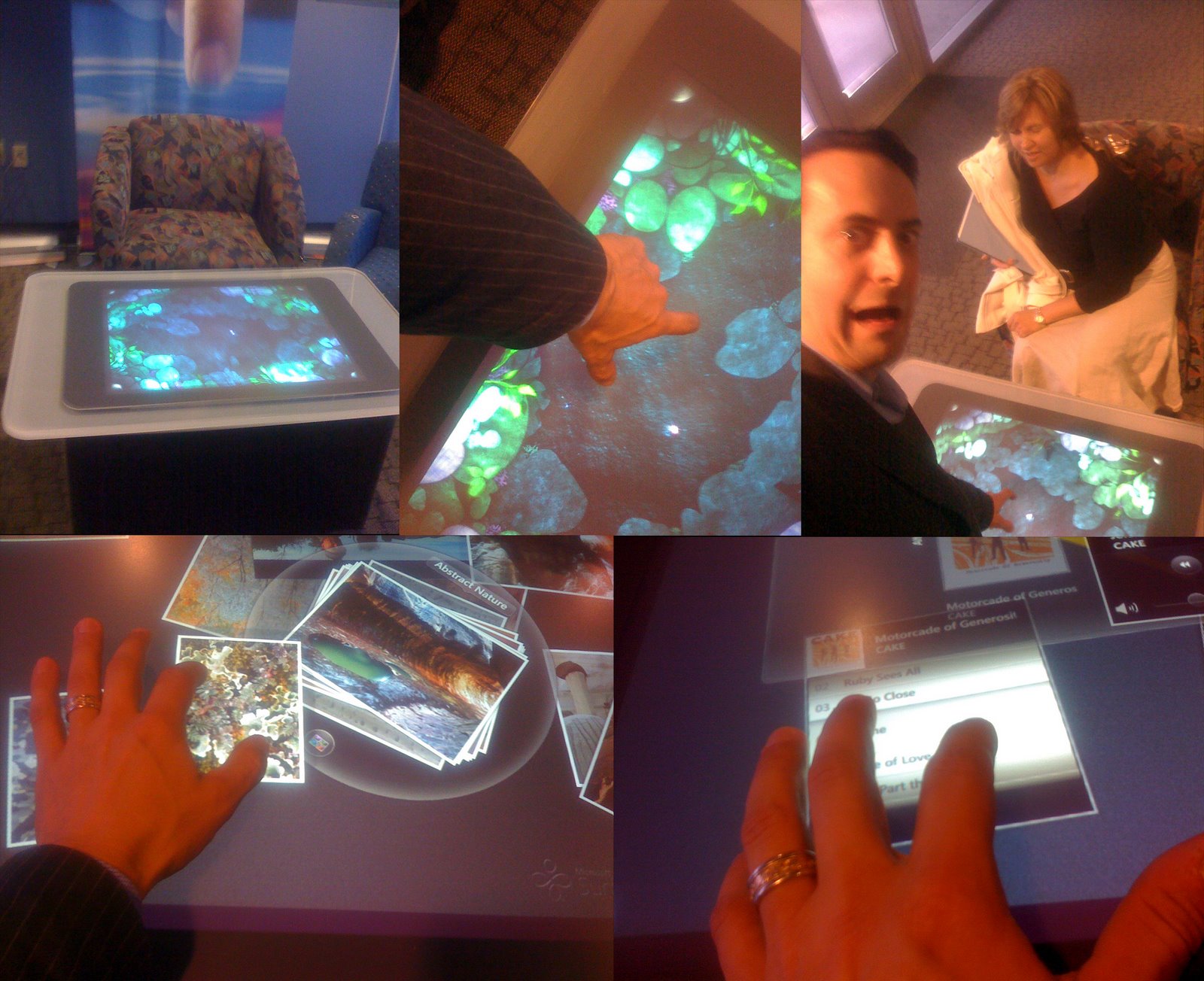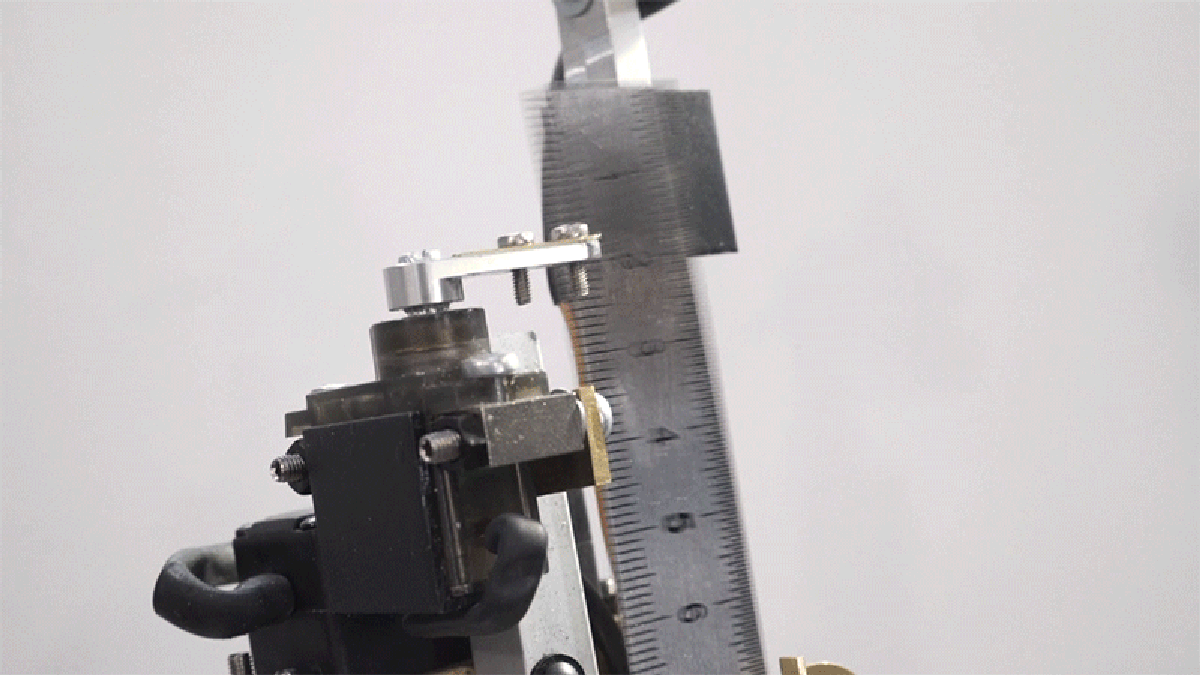
It could also mean using a single 3.5mm stereo cable from one PC to another ("line out" to "line in", or "speaker out" to "microphone in"). For APRS, this might mean connecting the audio out pins of a gadget to the audio in pins of another gadget.
Gadget past as future virtualmachine generator#
For simple tests, you can skip the radios entirely - just use a plain old audio cable to connect the generator to the receiver. Most digital modes (including packet) are sent using audio over a radio channel - an audio generator is connected to the input of a radio, which transmits the audio over the air to be received by another radio, which demodulates the signal, outputting the original audio (or some facsimile thereof) into a receiving device.

This one is very simple, but maybe not obvious. None of these are ground-breaking, but they might prove useful if you are doing this kind of work. Here are some other testing methods and related ideas I have used in building and testing packet programs and equipment. To be fair, this was not originally my idea - I stole it from Scott Miller N1VG, proprietor of Argent Data Systems. Smith WA8LMF's recording of on-air Los Angeles APRS traffic to simulate received audio from a 2M transceiver this is used as the input to a sound card demodulator or APRS gadget under test, in order to see how effectively a given device (or decoding routine, interface circuit, etc.) can extract AX.25 APRS packets from a busy channel. The idea he referred to was to use Stephen H.


In his article in the July/August 2012 issue of QEX, entitled "A High-Performance Sound-Card AX.25 Modem", Sivan Toledo 4X6IZ mentioned that he picked up an idea for testing his software from this very website.


 0 kommentar(er)
0 kommentar(er)
